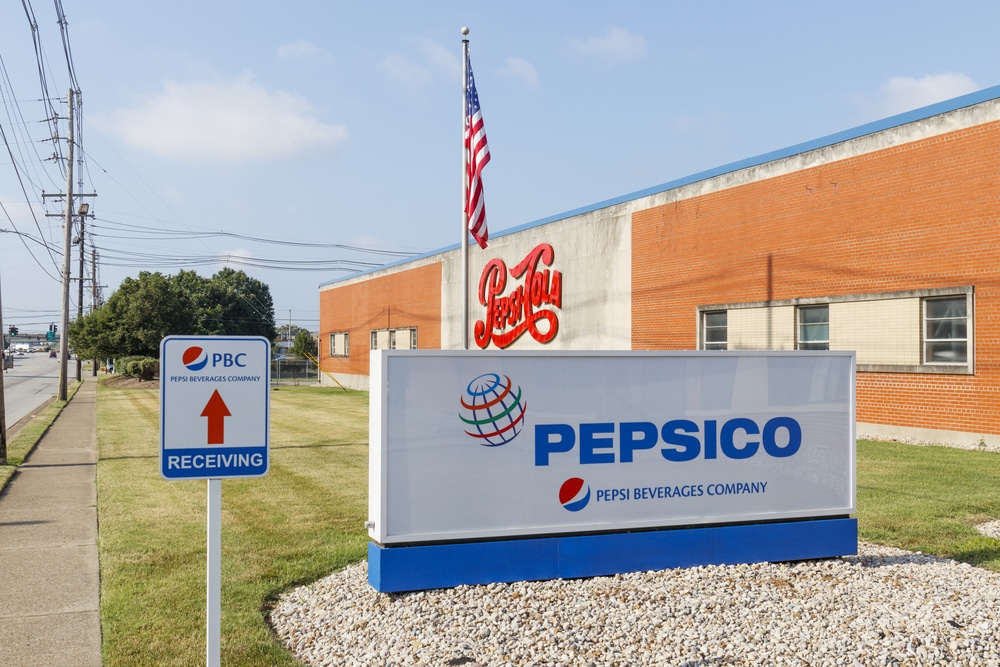HMO’s (houses of multiple occupation) over previous years have been an attractive method of increasing rental income per property for landlords, drawing in many first time and repeat buy-to-let landlords.
With a growing number of people gravitating towards urbanised living, there is a continued rise in demand for HMO property from tenants. It appears a pretty sure-fire option for buy-to-let landlords to satisfy that demand and increase profitability.
However, with recent regulations making HMO properties more difficult for landlords to satisfy, is HMO still a viable, profitable investment in 2019?
The benefits of HMO property
An HMO is a property occupied by more than three people operating separately from one another, all of whom share facilities such as toilets, bathrooms and kitchens. A large HMO is the same in principle but on a grander scale, this being five or more separate occupants sharing the property and these facilities.
Landlords choose to operate an HMO primarily for the increased rental yields from the property. HMO properties offer higher yields when compared against traditional rental income, with an average increase of 1.3% each year – be careful here though as maintenance costs will be higher with more tenants.
There is also an ever-increasing demand for HMO property from tenants. It is expected that within 20 years more than half of housing across the UK will be privately rented. HMO’s are hugely popular with younger people, the age demographic between 25-34 makes up almost a third of all renters.
On top of this, we are seeing increasing number of students attending universities, a growing number of whom are coming from overseas. With vast numbers of students seeking HMO property, demand for HMO properties is the highest it has ever been.
For a comprehensive overview of investing in HMO properties, check out this HMO Property Investment Ultimate Guide.
Lastly, most HMO landlords suffer least when it comes to gaps in rental income. With multiple people living in HMO properties, often if one tenant leaves, others stay – you do not lose all of your expected rental income.
With this high demand for the property type also, it is unlikely you will have a shortage of potential renters. This is also relevant if you find yourself in the unfortunate situation when one tenant is not reliable when paying the rent etc.
A few key considerations
There have been some recent changes enforced late last year that makes running an HMO property a little trickier.
Licencing being the key issue here, HMO’s often need a licence from the local council to operate legally. Landlords must find out if they fall into the bracket of requiring a licence, and if you do, there are a number of minimum requirements you must meet.
Properties must have minimum bedroom sizes. These being at least 6.51 square metres for an adult, 10.22 square metres for two adults, and 4.64 metres for children under 10. Councils also have a right to impose higher minimum room sizes if they deem the fit.
Having separate contracts for tenants also becomes a more time-consuming affair. Managing a property with as many as five separate contracts becomes hugely time consuming, keeping these tenants happy and managing the rotation of tenants adds to this consumption.
If you do not consider yourself to be able to sufficiently satisfy the needs of your tenants (both time-wise and financially – more people equal more maintenance costs) then you should steer of operating an HMO property. It will create a potentially hostile environment for your tenants and also stress for you as a landlord.
To summarise, if you have the available time and your property meets the requirements satisfied to operate as an HMO property, there is little reason to ignore this attractive method of rental income.
If you would rather the less time consuming and perhaps easier option of a standard buy-to-let, this should be your method of choice.









